“This is the truth of the pervading intricacy of the world’s detail: the creation is not a study, a roughed-in sketch; it is supremely, meticulously created, created abundantly, extravagantly, and in fine.”
pg 133
One of my professors carried this book around with her everywhere she went, pulling the feathered copy from her armpit and quoting from it like scripture. I have put off reading it, avoiding the change I felt it would bring to my life, but alas, it wriggled into my life and laid its seed within my soul. Like a parasite.
Pilgrim at Tinker Creek explores the intricate design of the earth in one chapter and then in the next describes the grotesque fecundity of praying mantises that eat their mates while mating. One moment I am in awe of the universes in a square inch of dirt, and then horrified by the parasite within a parasite within a parasite and a maniac creator. That all can and do exist simultaneously deserves acknowledgment and curiosity.
With the rhythm of seasons, Dillard’s writing irreverently weaves science and microscopes with spirituality and the mystery of creation. She stalks muskrats for hours finding her unconscious self, describes the miraculous survival of horsehair worms, and the wonder of the bizarre “terrestrial abode in the human kidney” (131). “The wonder is that all forms are not monsters, that there is beauty at all” (144). Dillard’s book encompasses all creation, examines and includes what most literary writers ignore: the darkness, the truly unknown.
Because of her willingness to observe the unobservable, the allusive, the fringe, I believe her better. When Dillard writes that something is beautiful, I believe her because she has explained horrors. Thank you, Annie, for your extensive scientific knowledge, paradoxes, questions, and sentences.



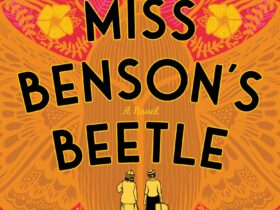


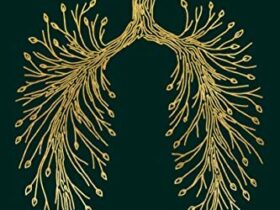


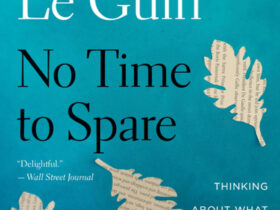
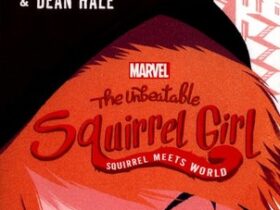
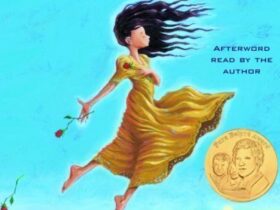


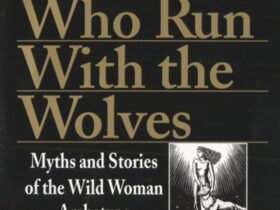




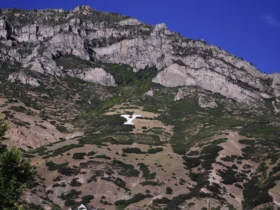



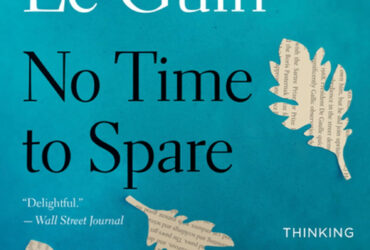
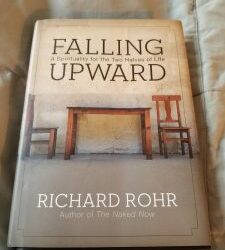


Leave a Reply